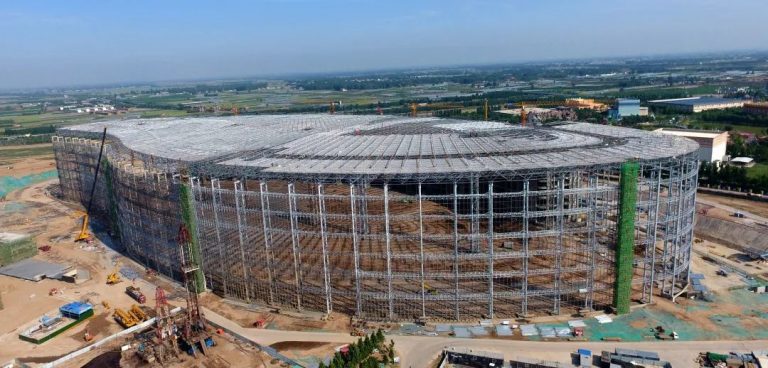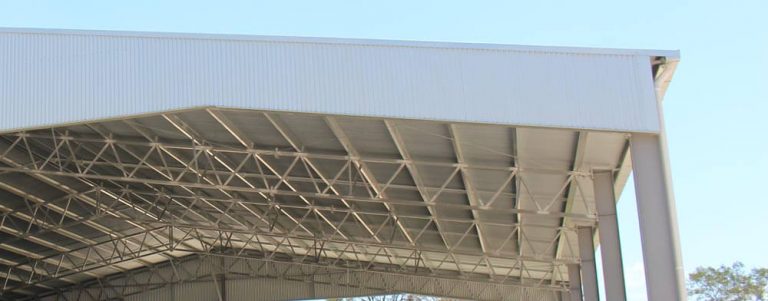Steel Bridge System
Steel bridges can take various forms and designs, but they all share the commonality of utilizing steel components, such as beams, girders, trusses, and cables, to support and span across obstacles like rivers, valleys, roads, or railway tracks. Steel is favored in bridge construction due to its strength, durability, and versatility. Steel bridges offer the advantages of strength, durability, and flexibility in design, making them a popular choice for various infrastructure projects.
Features and Benefits
- Strength and Durability: Steel is known for its high strength-to-weight ratio, making it a robust and durable material for bridge construction. It can withstand heavy loads and harsh environmental conditions.
- Longevity: Steel bridges have a long service life, often exceeding 50 years or more with proper maintenance. They can withstand corrosion and weathering when properly coated.
- Flexibility: Steel can be molded into various shapes, allowing for innovative and aesthetically pleasing bridge designs. This flexibility in design helps engineers meet specific project requirements.
- Cost-Effectiveness: Steel bridges are often more cost-effective than alternative materials like concrete, especially for long-span bridges. The reduced construction time also contributes to cost savings.
- Speed of Construction: Steel bridges can be constructed relatively quickly compared to other materials. This can lead to less disruption to traffic and reduced overall project time.
- Sustainability: Steel is a recyclable material, making it an environmentally friendly choice. Many steel bridges use recycled steel, which reduces the demand for new resources.
- Maintenance and Repairs: Steel bridges are relatively easy to inspect and maintain. Any necessary repairs or modifications can be performed with minimal disruption to traffic.
- Corrosion Protection: To enhance longevity, steel bridges are typically coated with protective materials such as paint or galvanization to prevent corrosion.
- High Load Capacity: Steel bridges can support heavy loads, making them suitable for both vehicular and pedestrian traffic, as well as for the transportation of goods.
- Adaptability: Steel bridges can be adapted and expanded to meet changing needs or accommodate wider roads and increased traffic.

Steel bridges can be classified into several types, including:
- Beam Bridges: These are the simplest type of steel bridges, consisting of horizontal beams supported by piers or abutments. Beam bridges are ideal for short to medium spans.
- Truss Bridges: Truss bridges use a framework of triangular shapes (trusses) to support the load. This design is highly efficient for longer spans, as it minimizes the amount of steel required.
- Arch Bridges: Arch bridges have a curved design, with the load-bearing structure forming an arch shape. Steel arch bridges are known for their aesthetics and suitability for spanning medium to long distances.
- Cable-Stayed Bridges: In these bridges, cables are used to support the bridge deck from towers. The deck is usually steel, and this design is often chosen for long-span bridges, like those crossing large bodies of water.
- Suspension Bridges: Suspension bridges are similar to cable-stayed bridges but feature vertical suspenders connected to horizontal cables. The deck is typically supported by the main cables. Steel suspension bridges are known for their ability to span very long distances.
Similar Steel Structure Systems
Interested in our systems?
Our engineers will provide the most suitable solutions for your project.



